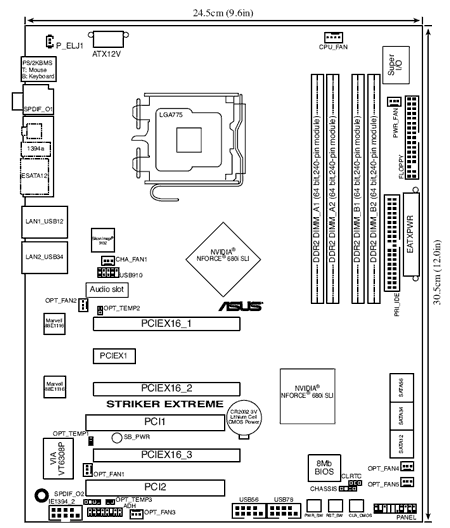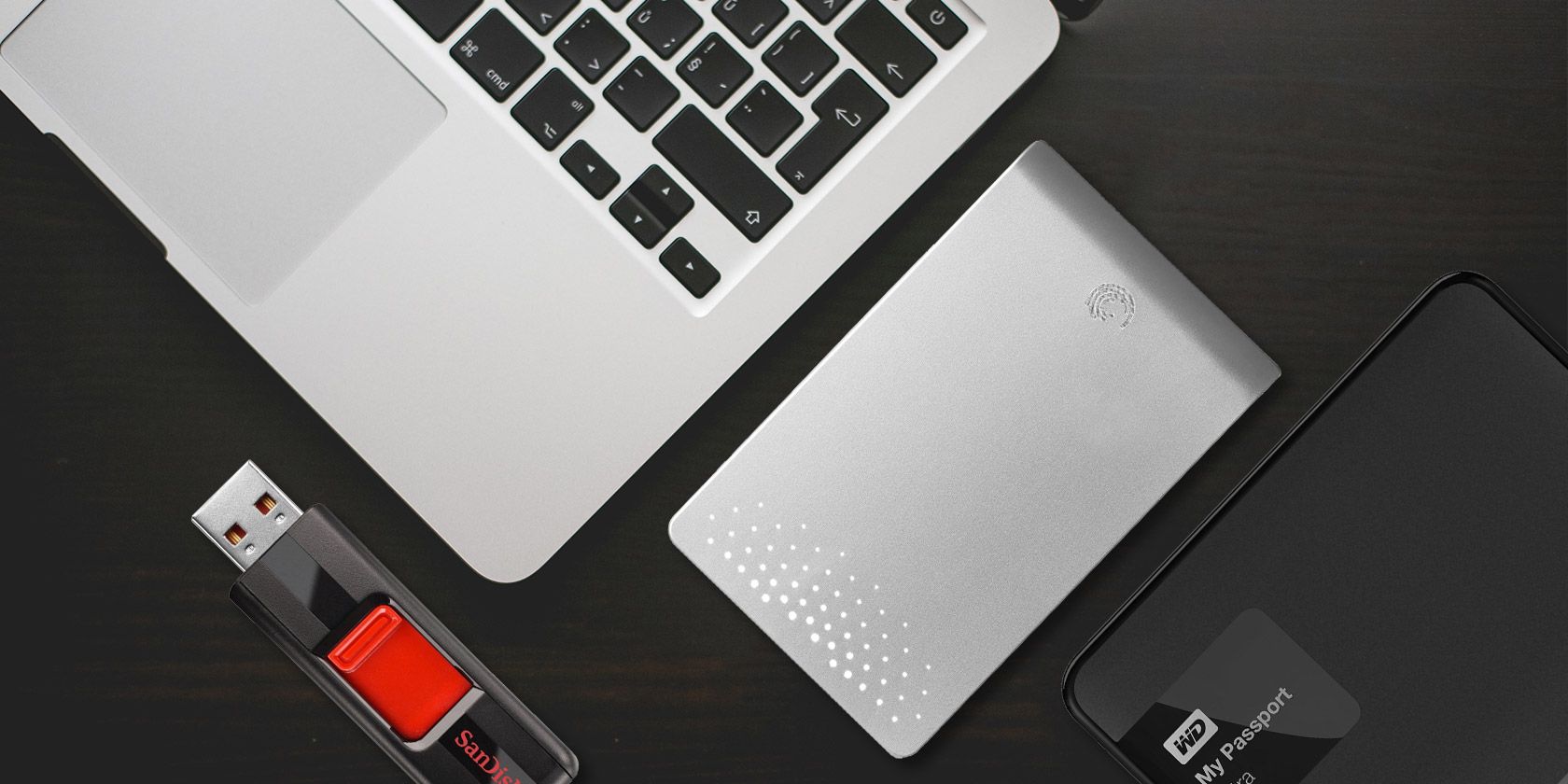

- Hdd unlock wizard internet full#
- Hdd unlock wizard internet password#
- Hdd unlock wizard internet windows#
Resetting the password can be used as an emergency measure if you urgently require access to the user’s account and are content with not accessing encrypted data.
Hdd unlock wizard internet windows#
While you may simply reset the Windows logon password, if you do that, you will lose access to EFS files and data protected with Windows DPAPI, such as network stored credentials and encryption keys protecting the user’s passwords stored by Web browsers.

Important: in order to decrypt EFS files and data protected with Windows DPAPI, you must recover the user’s original logon password as opposed to analyzing a ‘cold’ disk image or resetting the logon password.

Should you reset or remove the user’s original password, the entire set of DPAPI-protected data becomes unrecoverable. This includes, among others, the latest versions of Opera, and Chromium browser.ĭPAPI protection is based on the user’s logon credentials. Other Web browsers that are based on the Chromium engine are using the same encryption scheme. However, their password databases are protected with AES 256 GCM encryption, while DPAPI is still used to protect the vault encryption key. Other Web browsers such as Google Chrome and modern Edge no longer use Credential Manager to store users’ Web passwords. Windows Credential Manager was actively used to keep passwords saved by Internet Explorer and Edge Legacy users more on that in Extracting Passwords from Microsoft Edge Chromium. Traditionally, Microsoft had used DPAPI-based Windows Credential Manager to store saved passwords, authentication tokens, network and Web credentials. Windows Data Protection API (DPAPI) was introduced way back in Windows 2000 to provide developers a way to protect sensitive information. Stored passwords, tokens and other sensitive data protected with DPAPI. If you encounter EFS-encrypted files while analyzing the disk images, the only way to decrypt them would be recovering the original password to the user’s Windows account. A Windows account (or Microsoft Account) password protects all of the following.ĮFS-encrypted files and folders. What if the boot volume is NOT encrypted? Do you still need the user’s logon password? It depends. We have a comprehensive walkthrough on dealing with encrypted system volumes in A Bootable Flash Drive to Extract Encrypted Volume Keys, Break Full-Disk Encryption No Encryption: Do I Still Need a Password? We are offering there is a faster and easier way to access information required to break full-disk encryption by booting from a flash drive, extracting the system’s hibernation keys and obtaining encryption metadata required to brute-force the original plain-text passwords to encrypted volumes. Traditionally, experts would remove the hard drive(s), make disk images and work from there. When acquiring computers with encrypted system volumes, the investigation cannot go forward without breaking the encryption first.

Hdd unlock wizard internet full#
Dealing with Full Disk Encryptionįull-disk encryption presents an immediate challenge to forensic experts. Recovering the original Windows logon is a must to access the full set of data, while resetting the logon password may help unlock working accounts in emergencies. Full-disk encryption, EFS-encrypted files and folders and everything protected with DPAPI (including the passwords stored in most modern Web browsers) are just a few obstacles to mention. While you might be tempted to pull the plug and image the disk, you could miss a lot of valuable evidence if you do. Accessing a locked system is always a challenge.


 0 kommentar(er)
0 kommentar(er)
